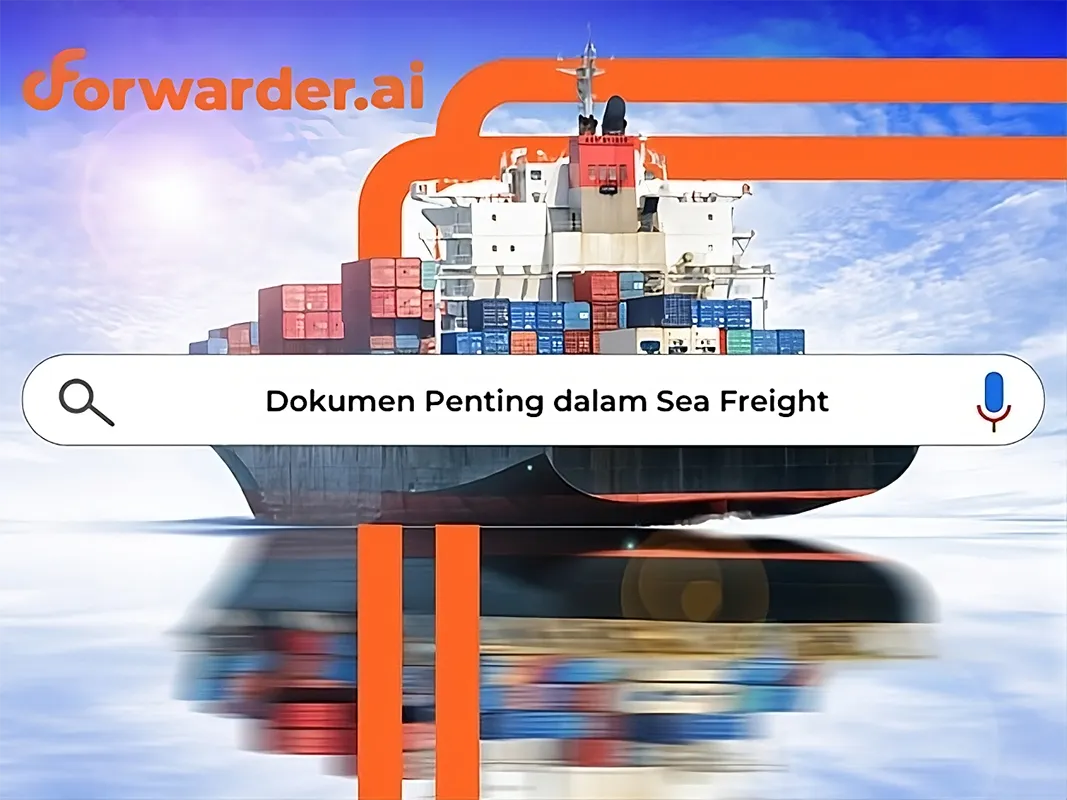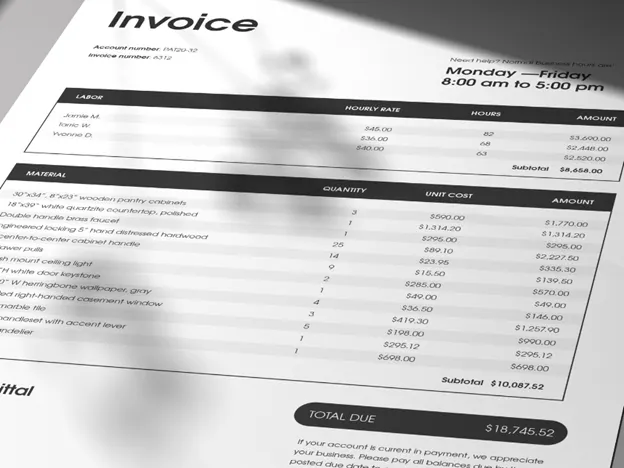
Essential Documents in Sea Freight
Ocean freight shipping, or sea freight, is one of the most commonly used shipping methods in international trade. The process involves various procedures and requires important documents to ensure smooth delivery and compliance with international and national regulations. Here is a complete guide to the documents required in sea freight and their functions.
The Bill of Lading is a very important document in sea freight, issued by the carrier to the shipper. This document serves as:
The Bill of Lading contains detailed information about the goods being shipped, such as description, quantity, and destination. The B/L also serves as a contract between the shipper and the carrier, and is required to claim the goods at the port of destination.
A commercial invoice is an invoice issued by a seller to a buyer, which contains details of the goods shipped, the price, and payment terms. The main functions of this document are:
Commercial Invoices are very important to ensure that the value of the goods shipped is recorded correctly and in accordance with international trade regulations.

Illustration of logistics item list invoice.
Packing List is a document that details the contents of each container or package being shipped. This document includes information about the quantity, weight, and dimensions of each item, as well as the way it is packed and any special markers. Packing List functions include:
Certificate of Origin is a document that states the country of origin of the goods being shipped. This document is often required by customs in the destination country to:
A Certificate of Origin is usually issued by the chamber of commerce or competent authority in the country of origin of the goods. This document is important to avoid trade barriers and ensure compliance with international trade regulations.
Baca juga : What is a Waybill and How Does it Work?
A Shipping Instruction is a document provided by the shipper to the carrier or forwarder, containing detailed instructions on how the goods should be shipped. This document includes information such as:
The Shipping Instruction is essential to ensure that the carrier or forwarder fully understands how the goods should be shipped, including any conditions that must be observed during the shipping process.
A Delivery Order is a document issued by the carrier or the carrier's agent to the consignee, allowing them to pick up the goods from the port or warehouse of destination. This document serves as:
Delivery Orders are usually only issued after all shipping and administrative costs have been paid by the consignee.
Air Waybill (AWB) is an air transportation document that serves as proof of delivery of goods by air. The main functions of the AWB are:
House Air Waybill (HAWB) is an AWB issued by the freight forwarder to the shipper, functions similar to the AWB, but is used in freight shipments coordinated by the forwarder for shipments with combined cargo.
House Bill of Lading (HBL) is an ocean transportation document issued by the freight forwarder to the shipper. It functions similarly to a Bill of Lading (B/L) but is issued by the forwarder for shipments coordinated by them. The HBL includes:
The HBL is especially important in shipments that involve multiple parties or when goods are shipped as part of a combined cargo.

Illustrative Insurance Certificate for protection and safety during shipment.
The Insurance Certificate proves that the goods being shipped are insured. This insurance provides protection against the risk of damage or loss during shipment. This document is required to:
Baca juga : The Essential Role of Freight Forwarders in Handling Special and Hazardous Goods
An Export/Import License indicates that the shipper or consignee is licensed to export or import the goods. This document is required to:
Understanding and properly preparing these documents is an important step to a smooth shipment of goods by sea. Shippers must ensure that all documents are complete and in line with requirements to avoid problems during the shipping process, as well as to ensure that goods can reach their destination safely and on schedule.
By complying with regulations and fulfilling all document requirements, the process of shipping goods by sea freight will become more efficient, safe and reliable. Up-to-date and valid information regarding these documents can be obtained from port authorities, shipping companies, and international trade institutions.
At forwarder.ai, all documents required for freight forwarding are digitally recorded, making the document management process easier and more efficient. You no longer need to manually manage various documents such as Bill of Lading, Commercial Invoice, or Packing List, as our team will take care of all the documents required by the fleet and shipment from start to finish. All you need to do is fill out a simple form through our application, and all your shipping document needs will be handled professionally.
Booking, cek harga, pilih rute, dan tracking barang, semua bisa kamu lakukan lewat
forwarder.ai.
Nggak ada lagi cerita tanya-tanya manual. Hemat waktu, hemat tenaga, dan tetap punya kontrol
penuh atas pengirimanmu.
